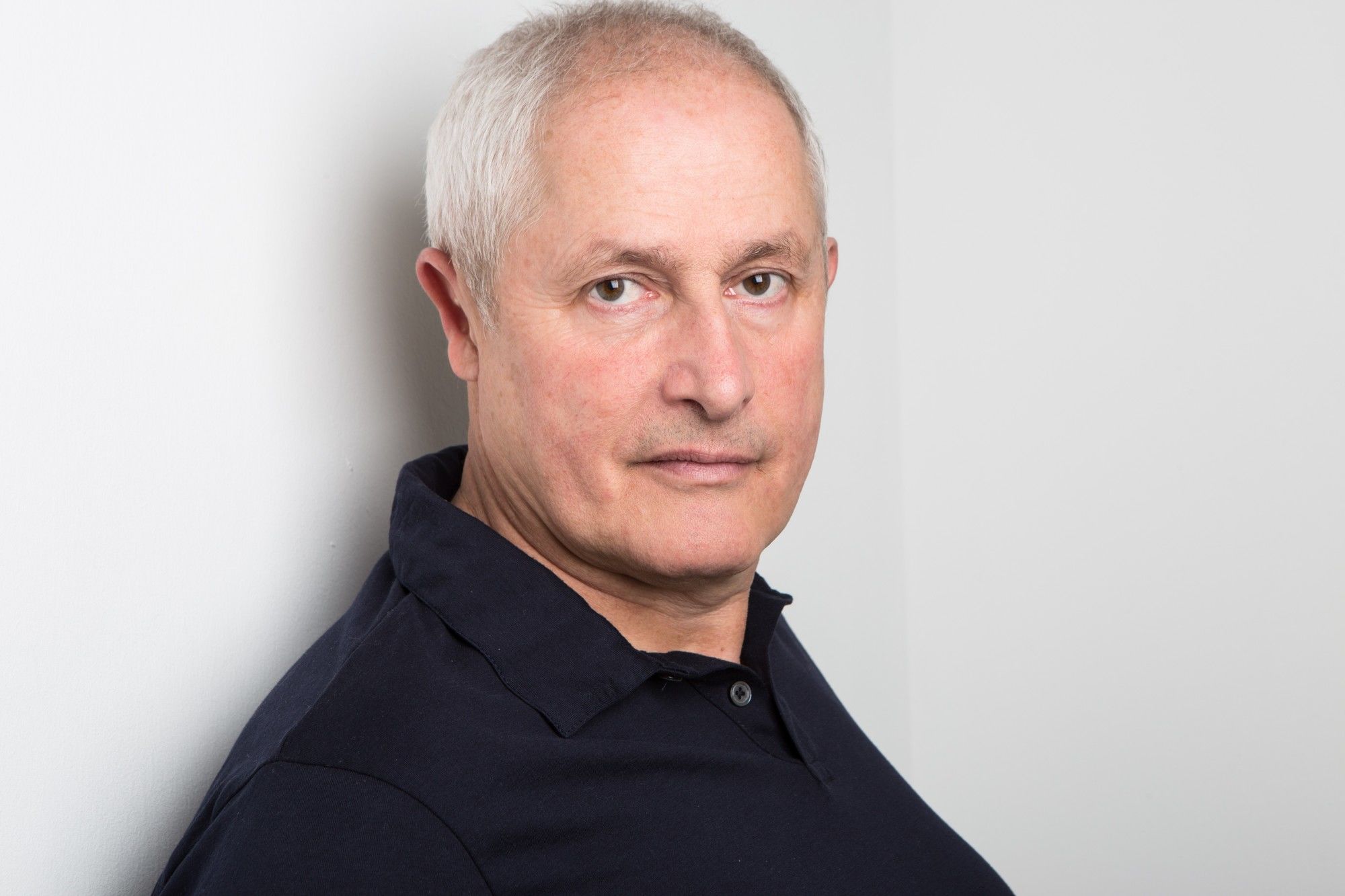Art as a Mirror of the World

Art is not just something to hang on a wall. It’s a language beyond words — a way to understand ourselves and the world around us.
That’s how Rainald Schumacher, an experienced curator and passionate advocate for the arts, sees it. Together with Nathalie Hoyos, he has been managing major corporate collections such as the Art Collection Telekom from Deutsche Telekom since 2010, and more recently, 2021 to 2023, the European Central Bank Art Collection. In this interview, he shares his insights on the power of art, the curator’s role, and how to build a meaningful collection.
How do you perceive the role of art in today’s society?
Art is an international language — visual and emotional — that transcends the limitations of spoken language. Good art challenges our understanding of the world and of ourselves. It makes us reflect on our beliefs and assumptions, which is especially vital in today’s complex world. Art can act as a kind of corrective — a voice in favor of openness and dialogue. It is one of the most powerful tools we have to make the world a bit better.
What is your role as a curator? How can you help make the world better?
We curate exhibitions and present artworks within various contexts. Contemporary art often engages with history and with other artists’ work, making it a complex narrative. Our task is to make that accessible — to offer hints that help people find their own interpretations. It’s also about working closely with artists to present their work effectively and meaningfully, relating it to everyday life and the broader questions our society faces.
That’s what you do with corporate collections as well. Can you give an example, such as the Art Collection Telekom?
We’ve been working on the Art Collection Telekom for over ten years. From the beginning, we noticed that artists from Eastern Europe were underrepresented in the international art scene. It’s half of Europe — yet largely a blank spot for many. The goal of the Art Collection Telekom has been to support these artists and galleries, and to create a platform — a window — into this rich and diverse region. Each country has its own history and trajectory in art, and the collection aims to foster greater understanding across Europe.
Is your curatorial approach different when working with public versus private collections?
Yes. Public collections often have historical responsibilities and follow established art-historical narratives. Private collections, by contrast, can reflect personal interests and individuality. A private collector isn’t bound by tradition and can make decisions based on emotion, instinct, or personal vision.
What advice would you give to someone building a private collection?
Start by seeing as much art as you can — visit galleries, studios, fairs, and exhibitions. Read books, follow artists online. Gaining knowledge is key to moving beyond ‘taste’ and initial instincts and developing a deeper understanding. Ask yourself: “Why do I like this? Why does it speak to me?” Learn to question your first impressions. Collecting art is also a journey of self-discovery.
How do you help collectors make informed decisions?
We conduct research, find other works by the artist, and share both factual information and reflections. It’s a dialogue. It’s not about financial speculation but about whether a work has the potential to remain meaningful in 10 or 15 years — for the collector, society, and art history alike.
How has the art world changed over the past two decades?
It has become truly global. Twenty or thirty years ago, the focus was largely on Europe and the U.S., with occasional attention to Japan or China. Now, artists from Indonesia, Taiwan, Africa, Iceland, or Romania are equally prominent. It’s no longer possible to grasp the entire art world — you have to find your focus and engage deeply within it.
You have a diverse background in the art world. Can you tell us more about your journey?
I trained as an art historian and considered attending art school. I worked for Gerhard Richter for six years as a studio assistant, gaining experience in exhibition production, publications, and the relationship between artist, gallery, and institutions. Then I joined Barbara Gladstone Gallery in New York, which gave me insight into the commercial side of the art world and the important role galleries play for the career of artists. Later, I worked for the private Goetz Collection in Munich. These experiences — across studios, galleries, and private collections — helped me understand the different forces at play. Today, with Nathalie Hoyos, we aim to balance these perspectives to serve the artworks themselves.